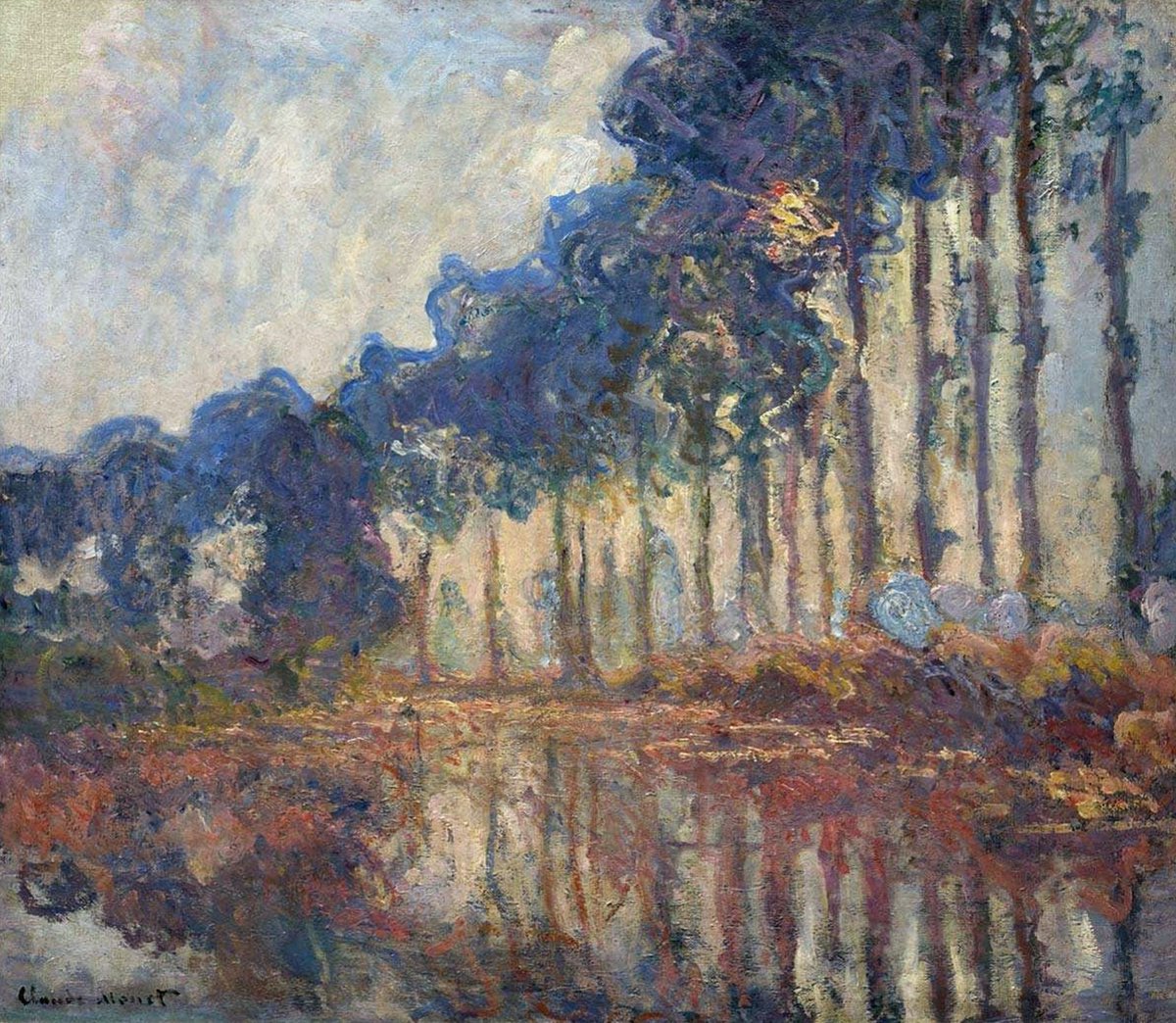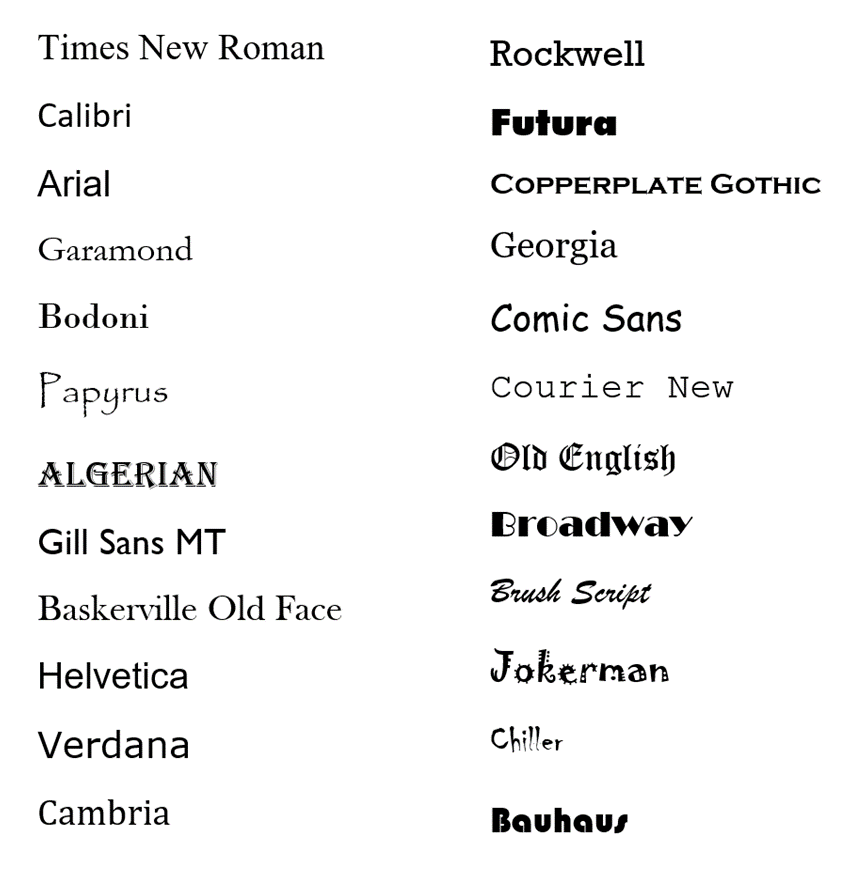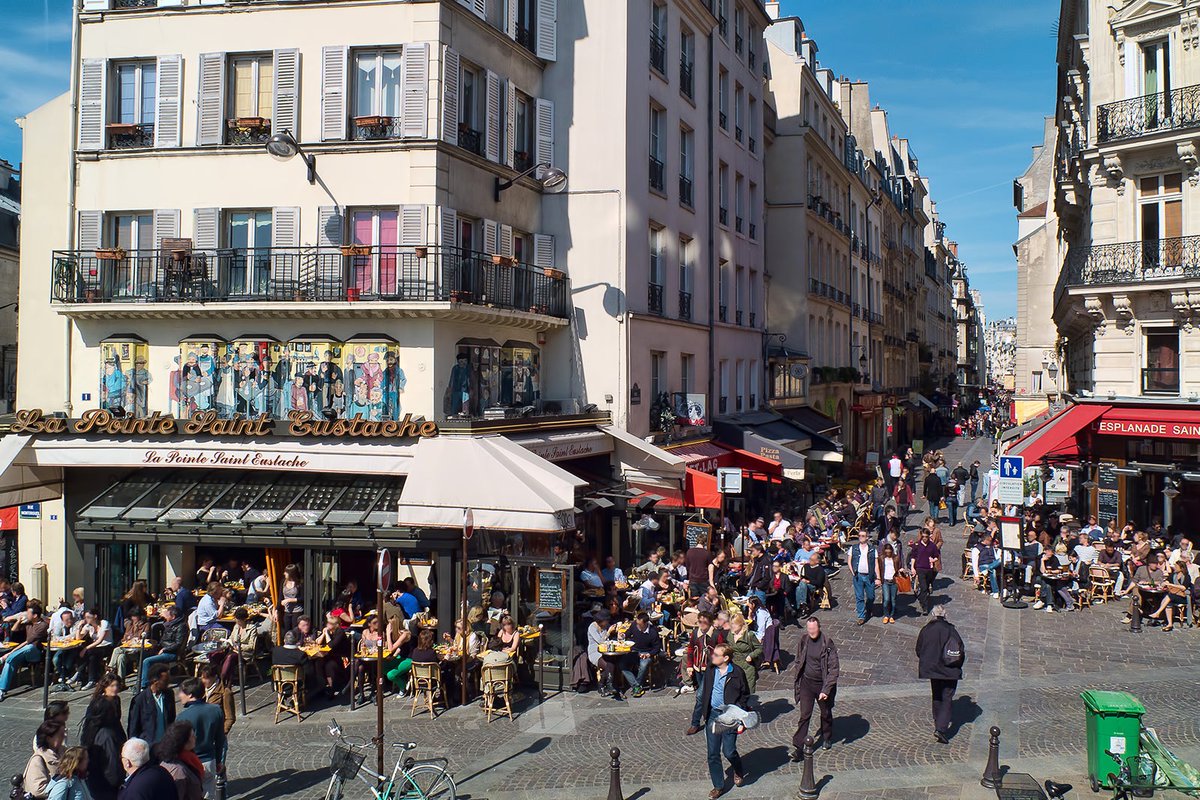
This oddly shaped Sumerian box is five thousand years old.
And it's the oldest board game in the world.
So here is a brief history of Sumer, the first civilisation, in ten objects:
And it's the oldest board game in the world.
So here is a brief history of Sumer, the first civilisation, in ten objects:

We even have the rules to this game, inscribed on a clay tablet in 177 B.C., three thousand years *after* the board above was made.
Indeed, the so-called "Royal Game of Ur" was popular right across the Middle East and throughout the ancient world.
Indeed, the so-called "Royal Game of Ur" was popular right across the Middle East and throughout the ancient world.
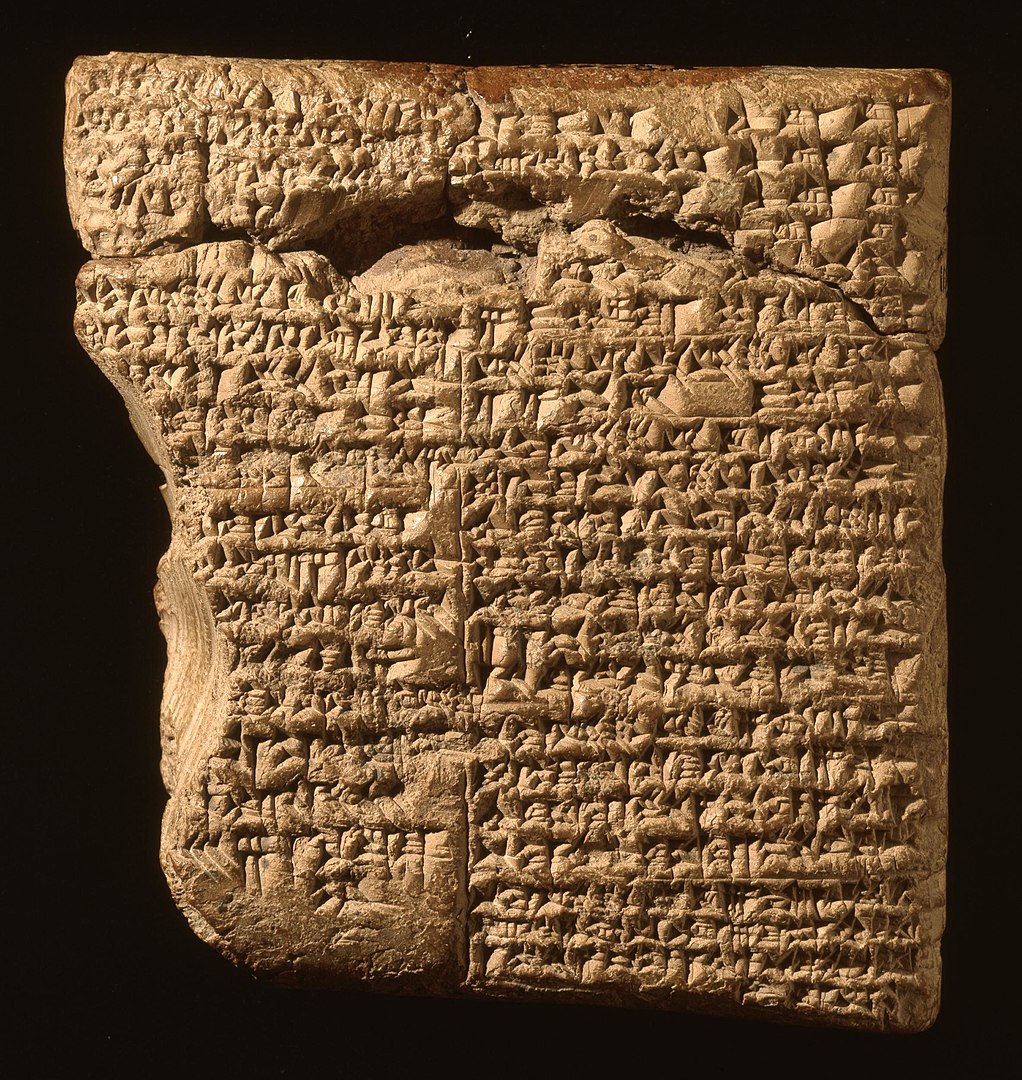
For some brief context, although other civilisations cropped up in the Indus Valley, Egypt, China, and Chile, the Sumerians were - as far as we know - the very first human civilisation.
They switched from a rural lifestyle to an urban one, and built the first true cities...
They switched from a rural lifestyle to an urban one, and built the first true cities...

What did their cities look like?
For object number two, if it can be called that, consider the Great Ziggurat of Ur:
For object number two, if it can be called that, consider the Great Ziggurat of Ur:

A Ziggurat was a type of Sumerian temple which lay at the heart of their cities. At the very top was a shrine where, the Sumerians believed, a god actually lived.
The colossal Ziggurat of Ur, built from mudbricks and bitumen, was once covered in plants and had terraced gardens.
The colossal Ziggurat of Ur, built from mudbricks and bitumen, was once covered in plants and had terraced gardens.
It was first built in the 21st century B.C., rebuilt in the 6th century B.C. by the Persian King Nabonidus, and then again in the 1980s by Saddam Hussein, hence its partially-reconstructed appearance. 

3. Beer
The Sumerians loved beer. It crops up frequently in their literature and there was even a Sumerian goddess of beer, called Ninkasi. Curiously, beer brewing was a female-dominated profession in Sumer.
The Sumerians loved beer. It crops up frequently in their literature and there was even a Sumerian goddess of beer, called Ninkasi. Curiously, beer brewing was a female-dominated profession in Sumer.
This tiny clay tablet is the oldest drinks receipt in history. It says that Ur-Amma acknowledges receiving about four litres of "best beer" from his brewer, Alulu. 

And here's part of the "Hymn to Ninkasi", an ancient Sumerian prayer praising the goddess for her prolific provision of beer:
(From a less religious perspective, there were also many Sumerian insults about having drunkards vomiting on your clothes...)
(From a less religious perspective, there were also many Sumerian insults about having drunkards vomiting on your clothes...)

4. Ziusudra
Many Sumerian religious stories will be strangely familiar to you. Foremost among them is the flood myth, present in many societies but most obviously in the Bible.
The Sumerian version bears more than a striking resemblance to the story of Noah and his ark...
Many Sumerian religious stories will be strangely familiar to you. Foremost among them is the flood myth, present in many societies but most obviously in the Bible.
The Sumerian version bears more than a striking resemblance to the story of Noah and his ark...
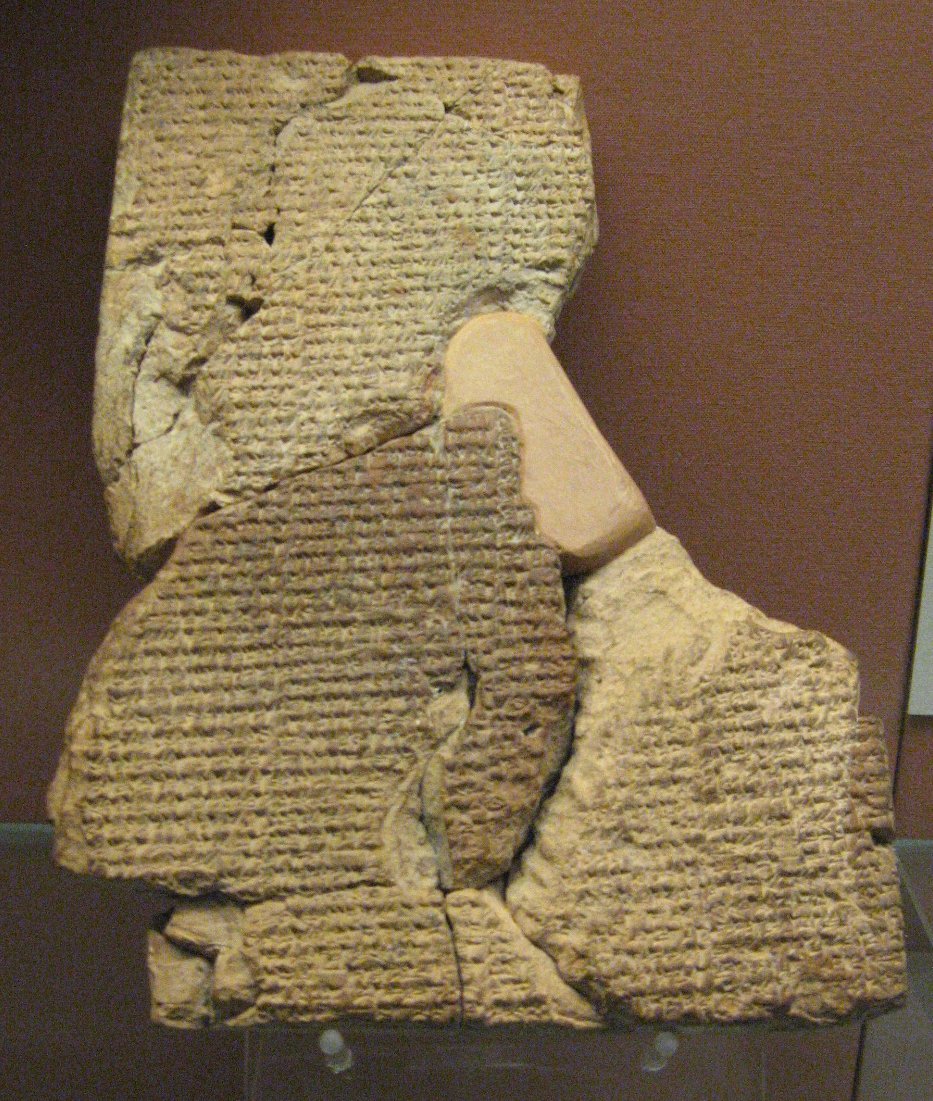
Most of the Sumerian flood myth is lost, and preserved in a later Akkadian version where the hero is called Atrahasis rather than Ziusudra.
The story goes that the gods were fed up of humanity and decided to wipe them out with a flood. But Ziusudra was favoured by the god Enki.
The story goes that the gods were fed up of humanity and decided to wipe them out with a flood. But Ziusudra was favoured by the god Enki.

And so Enki communicated secretly with Ziusudra, telling him to built a large boat for his family and the animals of earth.
Ziusudra builds the boat, he and and his family and the animals survive, and they repopulate the earth afterwards. Sound familiar?
Ziusudra builds the boat, he and and his family and the animals survive, and they repopulate the earth afterwards. Sound familiar?

The Sumerian pantheon of gods bears much in common with those of Egypt, Greece, and Rome.
It is one big family tree of creation, destruction, incest, infighting, jealousy, drama, and divine intervention over humankind.
It is one big family tree of creation, destruction, incest, infighting, jealousy, drama, and divine intervention over humankind.

5. This is, as far as we know, the oldest love poem in history, apparently written by the bride of King Shu-Sin, who reigned around 2000 BC:
"Bridegroom, dear to my heart,
Goodly is your beauty, honeysweet,
Lion, dear to my heart,
Goodly is your beauty, honeysweet."
Charming.
"Bridegroom, dear to my heart,
Goodly is your beauty, honeysweet,
Lion, dear to my heart,
Goodly is your beauty, honeysweet."
Charming.

6. The Sumerians wrote everything down, as you will have gathered, on clay tablets. And clay, once baked, stands the test of time. Hence we have an abundance of documents from Sumer.
And, among them, are some rather delicious recipes. Here is one for lamb stew:
And, among them, are some rather delicious recipes. Here is one for lamb stew:

7. This wonderful lyre is one of several uncovered by the archaeologist Sir Leonard Woolley in Ur in the 1920s.
It is interesting for a few reasons, not least the quality of the craftsmanship, the lapis-lazuli, mother-of-pearl, silver and gold foil...
It is interesting for a few reasons, not least the quality of the craftsmanship, the lapis-lazuli, mother-of-pearl, silver and gold foil...

And the fact it has a bull's head is important.
Although the Sumerians were the first urban civilisation in the world, they were still an agrarian society for whom cattle, sheep, and grain were crucial.
Bulls feature prominently in their art and literature:
Although the Sumerians were the first urban civilisation in the world, they were still an agrarian society for whom cattle, sheep, and grain were crucial.
Bulls feature prominently in their art and literature:

8. The Code of Ur-Nammu, written on a clay tablet in about 2100 B.C., is the oldest known legal text in human history.
It is a civilised and rather surprising document. Indeed, law is a fascinating insight into any society, and here we have the oldest of all.
It is a civilised and rather surprising document. Indeed, law is a fascinating insight into any society, and here we have the oldest of all.

Its provisions include:
-If a man commits a kidnapping, he is to be imprisoned and pay 15 shekels of silver.
-If a man divorces his first-time wife, he shall pay (her) one mina of silver.
-If a man has cut off another man's foot, he is to pay ten shekels.
-If a man commits a kidnapping, he is to be imprisoned and pay 15 shekels of silver.
-If a man divorces his first-time wife, he shall pay (her) one mina of silver.
-If a man has cut off another man's foot, he is to pay ten shekels.
There's plenty of highly specific fines for various forms of dismemberment and violence, plus a great deal about slaves, sorcery, wives, widows, and adultery, along with a load of agricultural regulation.
But it was less violent than the later Babylonian laws of King Hammurabi:
But it was less violent than the later Babylonian laws of King Hammurabi:

9. Royal Standard of Ur
We still aren't sure what this was for. It is a box inlaid with mosaic which dates from about 2,600 B.C. On one side is the "war" panel, on the other the "peace" panel.
It is quite remarkable, depicting a range of scenes from Sumerian life:


We still aren't sure what this was for. It is a box inlaid with mosaic which dates from about 2,600 B.C. On one side is the "war" panel, on the other the "peace" panel.
It is quite remarkable, depicting a range of scenes from Sumerian life:



10. And, to end, it seems appropriate to share the Hurrian Hymns.
This the oldest music in the world, inscribed on clay in about 1400 BC. It isn't Sumerian, but it was dedicated to Nikkal, a version of the Sumerian goddess Ningal, and played on a lyre (perhaps like those above).
This the oldest music in the world, inscribed on clay in about 1400 BC. It isn't Sumerian, but it was dedicated to Nikkal, a version of the Sumerian goddess Ningal, and played on a lyre (perhaps like those above).

As such, and given other cultural exchange between the Sumerians and Hurrians, these hymns are worth sharing.
We don't know exactly how this music was played, but experts have done their best to understand it.
Listen, here, to the oldest music in the world:
We don't know exactly how this music was played, but experts have done their best to understand it.
Listen, here, to the oldest music in the world:
As an eleventh, bonus object, it would be wrong not to mention to the oldest bar joke in the world. It was the beer-loving Sumerians who invented them, apparently:
"A dog walks into a bar and says, 'I cannot see a thing. I’ll open this one.'"
Get it?
"A dog walks into a bar and says, 'I cannot see a thing. I’ll open this one.'"
Get it?

• • •
Missing some Tweet in this thread? You can try to
force a refresh





